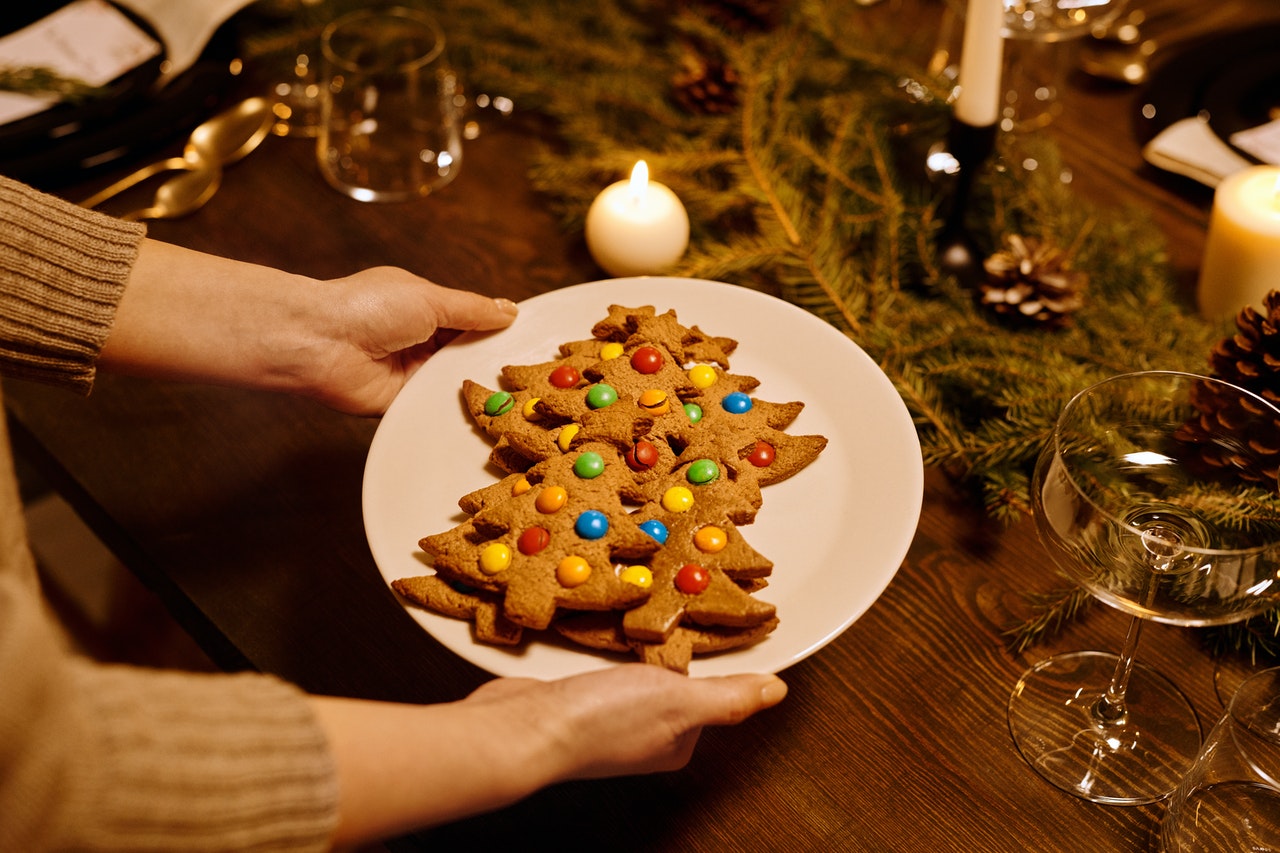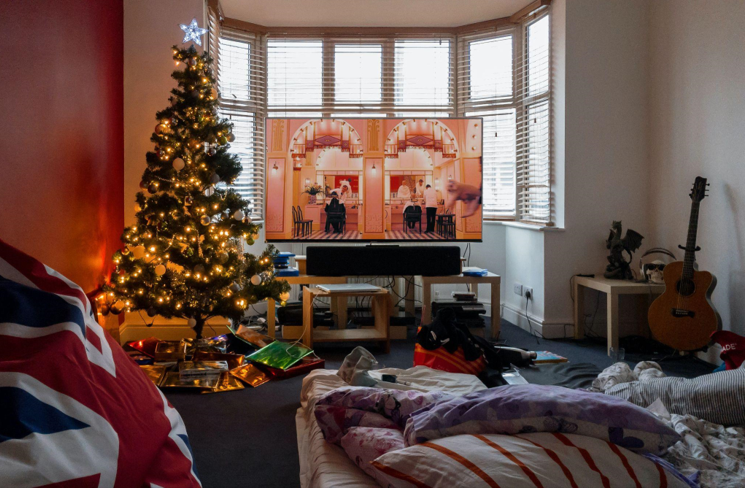The Rise of Artificial Christmas Wreaths in the Middle East
The holiday season involves many things, including food, gifts, and decorations. In the Middle East, celebrations may include feasts with delicious Mediterranean food, but decorating homes and public spaces with wreaths has also gained popularity over time. However, unlike natural wreaths made from fresh foliage, artificial Christmas wreaths have become a common choice for many.
The origins of Christmas wreaths date back to ancient times when people would hang evergreen branches or rings on their doors as a symbol of everlasting life, seasonal renewal, and the presence of god. Over time, the circular shape became associated with the eternity of the divine, while the greenery represented hope and vitality. With the spread of Christianity, the wreath became a specific form of holiday decoration, especially in countries with colder climates where evergreens were abundant.
In the Middle East, where the climate is mostly warm and dry, the tradition of wreath-making had to adapt to the local environment. While natural wreaths made with local plants and spices were popular, they could quickly wilt or attract insects. Artificial Christmas wreaths, made with various materials such as plastic, cloth, or metal, offered a practical solution for households and businesses that wanted to add a festive touch to their surroundings without the hassle of maintenance.
Moreover, artificial wreaths also allow for more creativity and customization. Depending on the producer, they can come in different styles, colors, and sizes and may include other decorative elements such as lights, ribbons, or ornaments. This versatility makes them versatile and affordable for all tastes and budgets.
Cold Springs, Mediterranean Flavors, and Faith in Christmas Wreaths
Another exciting aspect of artificial Christmas wreaths in the Middle East is how they blend different cultural influences and aspirations. For example, Madaba is known in Jordan for its intricate mosaics depicting biblical stories, including the Nativity scene. Visitors can also find shops selling wreaths adorned with traditional Jordanian motifs and made with olives, figs, and pomegranates – flavors familiar in Mediterranean cuisine.
In Beirut, Lebanon, the neighborhood of Achrafieh is famous for its cold springs, which contrast the bustling city life. Many families and businesses use artificial Christmas wreaths to create a cozy and cheerful atmosphere to welcome guests, customers, and passersby. Some wreaths may also feature images of Mary, Joseph, and Jesus or messages of peace and joy in Arabic and French.
Similarly, the winter season in Bahrain coincides with the annual National Day celebrations, which honor the kingdom’s independence and culture. Artificial Christmas wreaths decorated with pearls and palm leaves are ordinary in shopping malls and public places, reflecting the country’s wealth and heritage.
In conclusion, artificial Christmas wreaths may seem simple, but they carry different meanings and associations depending on the context and culture. In the Middle East, they symbolize resilience, creativity, and inclusivity while contributing to the season’s festive spirit. Whether you prefer a classic or a modern style, an artificial Christmas wreath can be a delightful way to express your personality and celebrate the wonders of life.

